Last updated on 2025-09-03
A review and sample photos of the AF standard lens, HASSELBLAD HC 80mm, used with the LEICA S typ007 digital SLR camera.
- Please see the disclaimer regarding advertising here.
- Italicized links in the text are advertisement links that take you to other sites.
Table of contents

Gallery
Review
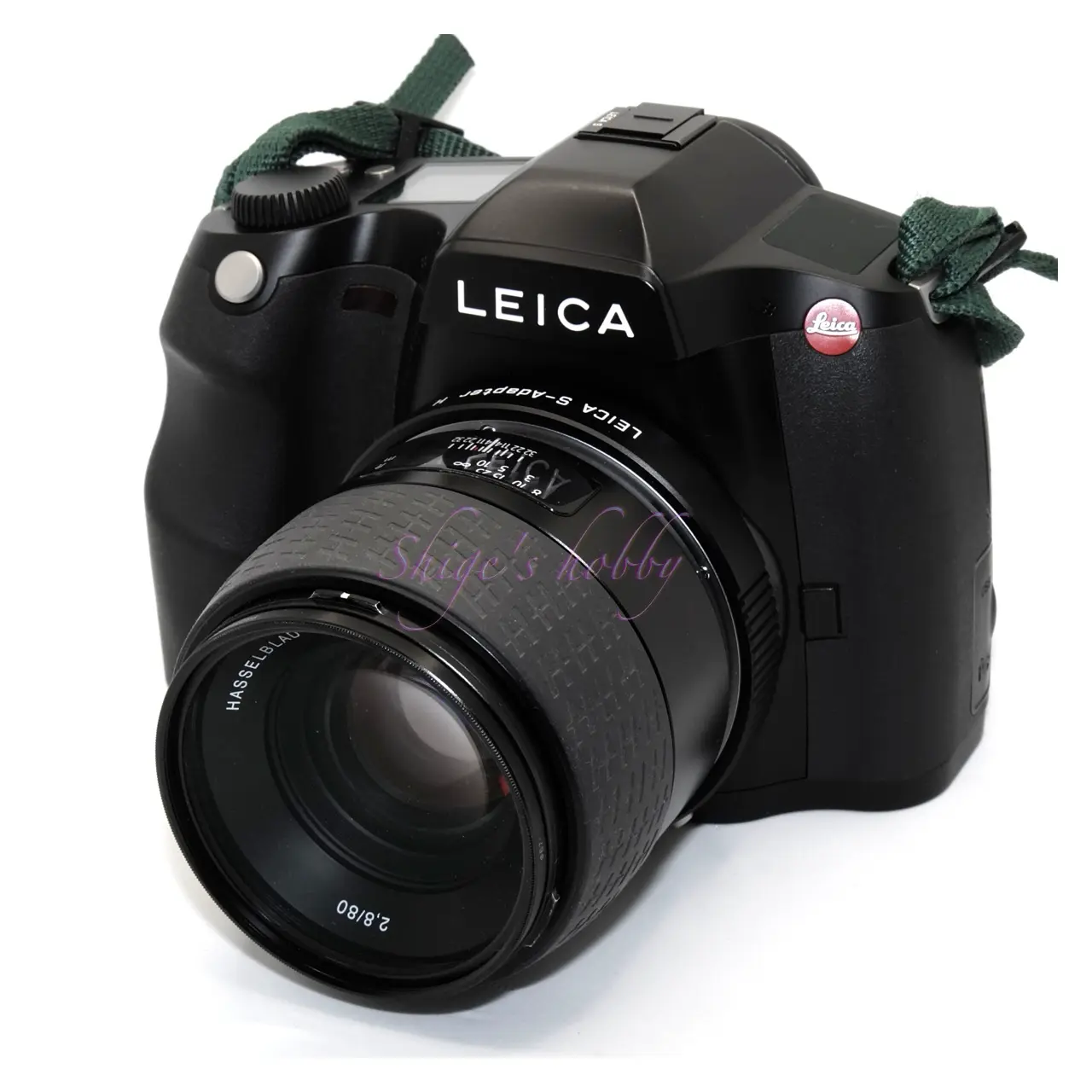
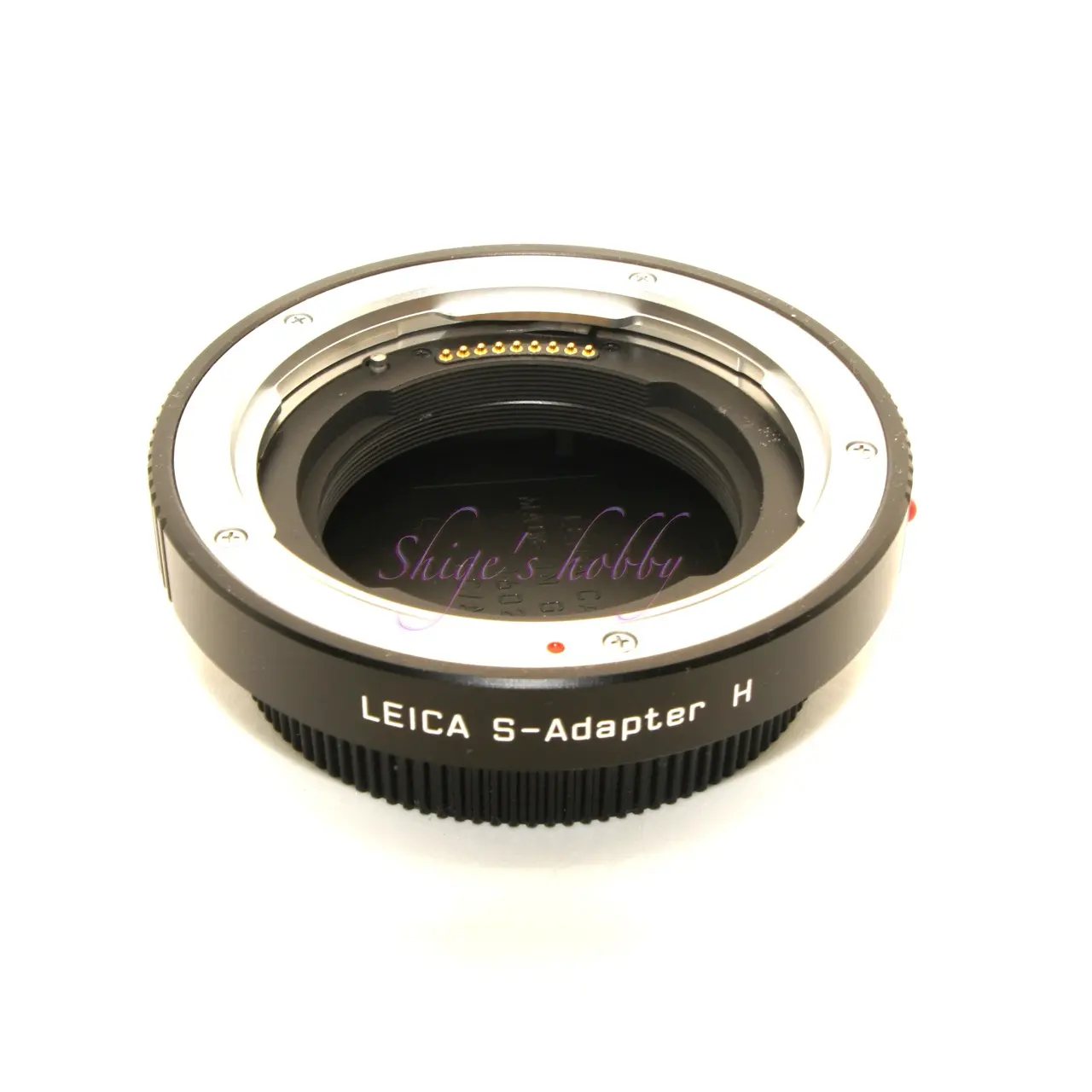
1.Overview
The HASSELBLAD HC 80mm F2.8 is a medium telephoto lens for the Hasselblad H series. A review of the lens using it with a HASSELBLAD X series camera is featured on the linked page.
Hasselblad’s H series lenses come in two main versions: the newer models known as Orange Dot, and the older models, including those with the FUJINON brand. When used with the Leica S series, the lens can be used with both new and older models, and autofocus can be used as long as there are no problems with the lens.
This review will focus on use with the LEICA S typ007.
To use the HASSELBLAD HC 80mm F2.8 with the LEICA S Typ007 (including the S2, S-E, S Typ006, and S3), you need the official Leica S adapter H, configured as follows:
LEICA S + LEICA S adapter H + HASSELBLAD HC 80mm F2.8
This combination allows autofocus shooting with the LEICA S. For the 45mm x 30mm medium-format digital sensor used by the LEICA S series, multiplying it by a 35mm conversion factor of 0.8 results in a slightly longer standard lens with a focal length equivalent to 64mm.
Hasselblad’s H-series lenses come in two main versions: the newer models known as Orange Dot and the older models, including the unbranded FUJINON brand. When used with the Leica S series, both new and older models can be used with autofocus as long as there are no problems with the lens.
The link below contains a review of the HASSELBLAD HC 80mm used with a HASSELBLAD X series camera body. The link above uses a HASSELBLAD X series camera body and the lens is manual focus.
2.Usability
My impression of using the HASSELBLAD HC 80mm f/2.8 with a LEICA S Typ007 is that while the focusing speed is slower than modern cameras, as long as I use the LEICA S’s single central focus point and focus in the center, the focusing accuracy is satisfactory, and it focuses properly in all but dark places or on subjects with very little contrast.
If I move the lens to recompose the shot from the focused position, the focal point will change, so the photographer must make corrections while looking through the viewfinder. You can’t expect the dexterity of the latest multi-point focus points, where the camera will automatically focus wherever you like. The focal plane is fairly thin at full aperture of f/2.8, so it takes some practice to get the hang of it and focus on the desired spot.
The minimum focusing distance is 0.7m, so you can get quite close.
With a total weight of 2.1kg (camera weight: 1.3kg, lens weight: 0.5kg, LEICA H adapter C: 0.3kg), it’s a light setup for a medium format lens combination. The fact that it can be said to be lightweight at around 2kg is probably due to the medium format addiction.
3.Summary
In conclusion, to sum up the combination of the HASSELBLAD HC 80mm F2.8 and LEICA S Typ007 is the most compact combination of an autofocus lens and a LEICA S series lens, making it an easy combination to carry around with the LEICA S Typ007.
The focal length of 64mm is a little narrow, but I feel that it provides just the right shooting range for snapping snapshots of the hustle and bustle of urban life.
Specifications, considerations, etc.
A medium format lens similar to the HC80 is the CONTAX 645’s PLANAR 80mm F2. Both the HC80 and the CONTAX 645’s PLANAR 80mm F2 use a double Gauss design, and both have six lens elements, so although there are differences in the cemented surfaces, they are similar. The C645-P80’s maximum aperture is half a stop brighter, but the front group of lenses is larger in diameter. The minimum focusing distance for both is 0.7m, so there is no difference in usability. As of 2024, the CONTAX 645’s PLANAR 80mm F2 has risen in price to around 300,000 yen, making it difficult to obtain.
Additionally, for the chrome-colored PLANAR lenses in the HASSELBLAD V-mount C series, the non-T* lenses from 1956-1961 were classified as “6-elements,” the non-T* lenses from 1960-1973 were “7-elements,” and the T* lenses from 1971-1972 were “7-elements.” The subsequent black C lenses and CF lenses were “7-elements,” and the CB lenses returned to the orthodox Planar format with 6 elements. It is unclear whether the early 6-element lenses and the CB 6-element lenses have the same lens configuration, but the CB 6-element lenses have nearly the same lens configuration as the C645-P80.
The diagram below is not to scale, so please use it as a reference for the lens configuration.
下図はレンズの縮尺が異なるため、レンズ構成の参考としてご覧いただきたい。
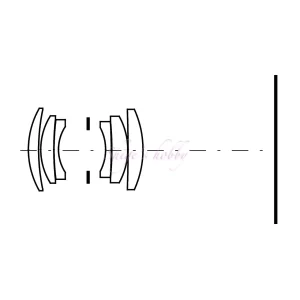
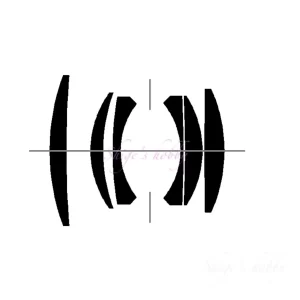
| Lens name | HC80 | PLANAR 80mm F2 |
| Focal length(mm) | 80 | 80 |
| Max aperture | 2.8 | 2 |
| Min aperture | 32 | 32 |
| Aperture blade | 8 | ? |
| Lens Construction | 6 elements in 6 groups | 6 elements in 5 groups |
| Min distance(m) | 0.7 | 0.7 |
| Lens length(mm) | 70 | 67 |
| Max diameter(mm) | 84 | 80 |
| Filter Size(mm) | 67 | 72 |
| Weight(g) | 475 | 524 |
| lens hood | Dedicated bayonet hood | GB-72 |
| lens mount | HASSELBLAD-H | CONTAX 645 |
Reference links
Affiliate links

Amazon Prime Sale
Update history
- 2024.9.15
- 2023.06.29:First draft

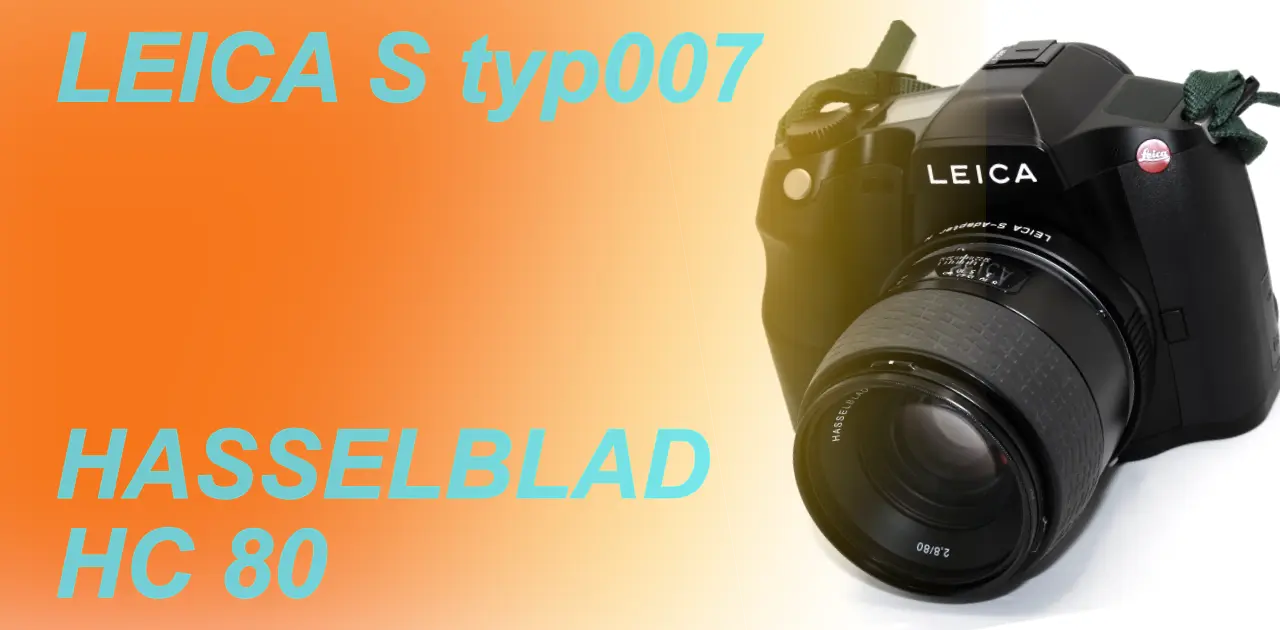
Be First to Comment